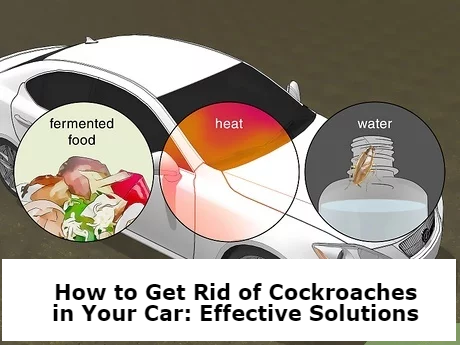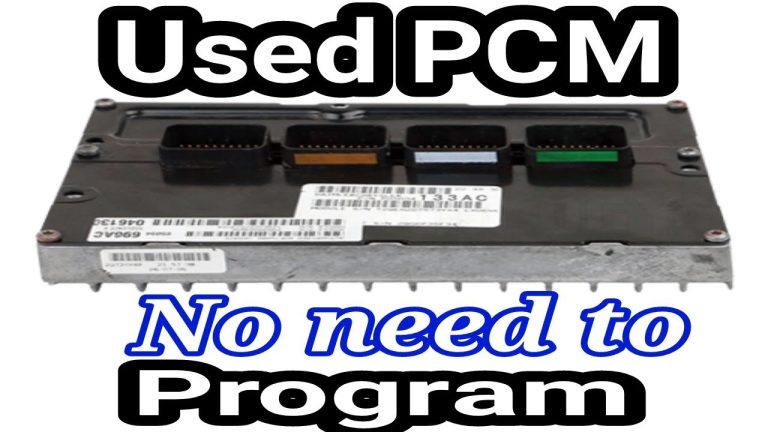How to Fix a Starting System Fault
If you’ve been having trouble starting your car, there’s a good chance the problem is with the starting system. In this article, I’ll walk you through the steps you can take to troubleshoot and fix a starting system fault. I’ll also cover some of the most common causes of starting system faults and how to prevent them. So, whether you’re a DIY enthusiast or just looking for information on what to do if your car won’t start, keep reading.
What is a starting system fault, and what are the symptoms?
A starting system fault is a problem with the system responsible for starting the engine. The most common symptom is that the engine will not start when you turn the key in the ignition. Other symptoms can include the engine cranking slowly or not at all, the starter staying on after you turn off the engine, or the engine stalling after you start it.
If you’re experiencing any of these symptoms, it’s important to take action immediately. Many different things can cause a starting system fault, and if left unchecked, it can lead to more serious problems.
Why does a starting system fault happen?
There are several different reasons why starting system faults can occur. Some of the most common causes include:
⚠️ A failed starter motor
⚠️ A faulty ignition switch
⚠️ A problem with the electrical connection between the starter and the battery
⚠️ Corroded battery terminals
⚠️ A dead battery
How to Fix a Starting System Fault
If you’re experiencing a starting system fault, you should first check the battery. Make sure that the terminals are clean and free of corrosion. If the battery is dead, try charging it or replacing it with a new one.
Next, check the starter motor. Ensure it’s receiving power and the connections are clean and tight. If the starter motor is defective, you’ll need to replace it.
If the starter motor and battery seem to be working fine, the next step is to check the ignition switch. Ensure that it’s in the “on” position and that all connections are clean and tight. If the ignition switch is defective, you’ll need to replace it.
If you’ve checked all of the above and you’re still having trouble starting your car, there may be a problem with the electrical connection between the starter and the battery. Inspect the cables and terminals for any damage or corrosion. If necessary, clean or replace the cables.
The above steps should help you troubleshoot and fix a starting system fault. If you’re still having trouble, it’s best to consult a professional mechanic. They can diagnose the problem and make any necessary repairs.
Preventing Starting System Faults
You can do a few things to prevent starting system faults from occurring in the first place.
🔰 First, keep your battery in good condition. Keep it clean and free of corrosion, and have it tested regularly.
🔰 Second, ensure that all connections in the starting system are clean and tight. Periodically inspect the cables and terminals for damage or corrosion.
🔰 Third, if your car has an automatic start/stop system, ensure it’s in good working order. This system can prevent the engine from starting if there’s a problem with the starting system.
🔰 Finally, be sure to keep an eye on the starter motor. If it starts to make unusual noises or fails to start the engine, have it checked by a professional.
If you follow the above tips, you can help prevent starting system faults from happening. However, if a fault does occur, these tips should help you troubleshoot and fix the problem.
Troubleshooting tips if your starting system still isn’t working
✅ Make sure that the battery is properly charged.
✅ Check all the connections in the starting system to ensure they’re clean and tight.
✅ Inspect the cables and terminals for any damage or corrosion.
✅ Replace any damaged or corroded parts.
✅ If your car has an automatic start/stop system, ensure it’s in good working order.
✅ Have the starter motor checked by a professional if it makes an unusual noise or fails to start the engine.
FAQs about Starting System Faults
Q: What are the most common causes of starting system faults?
A: The most common causes of starting system faults include a failed starter motor, a faulty ignition switch, a problem with the electrical connection between the starter and the battery, corroded battery terminals, or a dead battery.
Q: How can I prevent starting system faults from happening?
A: You can prevent starting system faults by keeping your battery in good condition, ensuring all of the connections in the starting system are clean and tight, and periodically inspecting the cables and terminals for any damage or corrosion. You can also prevent faults by having an automatic start/stop system and keeping an eye on the starter motor.
Q: What should I do if my starting system fails?
A: If your starting system fails, you should check the battery to ensure it’s properly charged. Next, check all the connections in the starting system to ensure they’re clean and tight. Then, inspect the cables and terminals for any damage or corrosion. Finally, have the starter motor checked by a professional.
Q: Can you test a starter without removing it?
A: Yes, you can test a starter without removing it. To do it, you’ll need a voltmeter and an ammeter. First, disconnect the negative cable from the battery.
Then, connect the voltmeter to the battery’s positive terminal and the ammeter to the starter’s solenoid terminal.
Finally, have someone turn the key to the “start” position while you observe the readings on the voltmeter and ammeter. The starter is likely faulty if the voltmeter reading is normal and the ammeter reading is high.
However, if both readings are low, the problem may be with the battery or another component in the starting system.
Q: How often should you change your starter?
A: You should change your starter every 4 to 6 years or sooner if it shows signs of wear. To extend your starter’s life, keep the battery in good condition and have it regularly tested.
Q: What are some signs that my starter is going bad?
A: Some signs that your starter is failing include unusual noises coming from the starter motor, the starter motor failing to start the engine, and the starter motor grinding or clicking when you turn the key.
Q: Will a bad starter damage my engine?
A: No, a bad starter will not damage your engine. However, if the starter is faulty, it can cause problems such as difficulty starting the engine, stalling, or engine misfires.
Q: What is the most common cause of starting system faults?
A: A failed starter motor is the most common cause of starting system faults. Other common causes include a faulty ignition switch, a problem with the electrical connection between the starter and the battery, corroded battery terminals, or a dead battery.
Conclusion
If you’re having trouble starting your car, it’s likely due to a problem with the starting system. The most common cause of starting system faults is a failed starter motor. Still, other causes include a faulty ignition switch, a problem with the electrical connection between the starter and the battery, or corroded battery terminals.
If you suspect that your starter is failing, you should have it checked by a professional. You can also prevent starting system faults by keeping your battery in good condition and ensuring all of the connections in the starting system are clean and tight.







